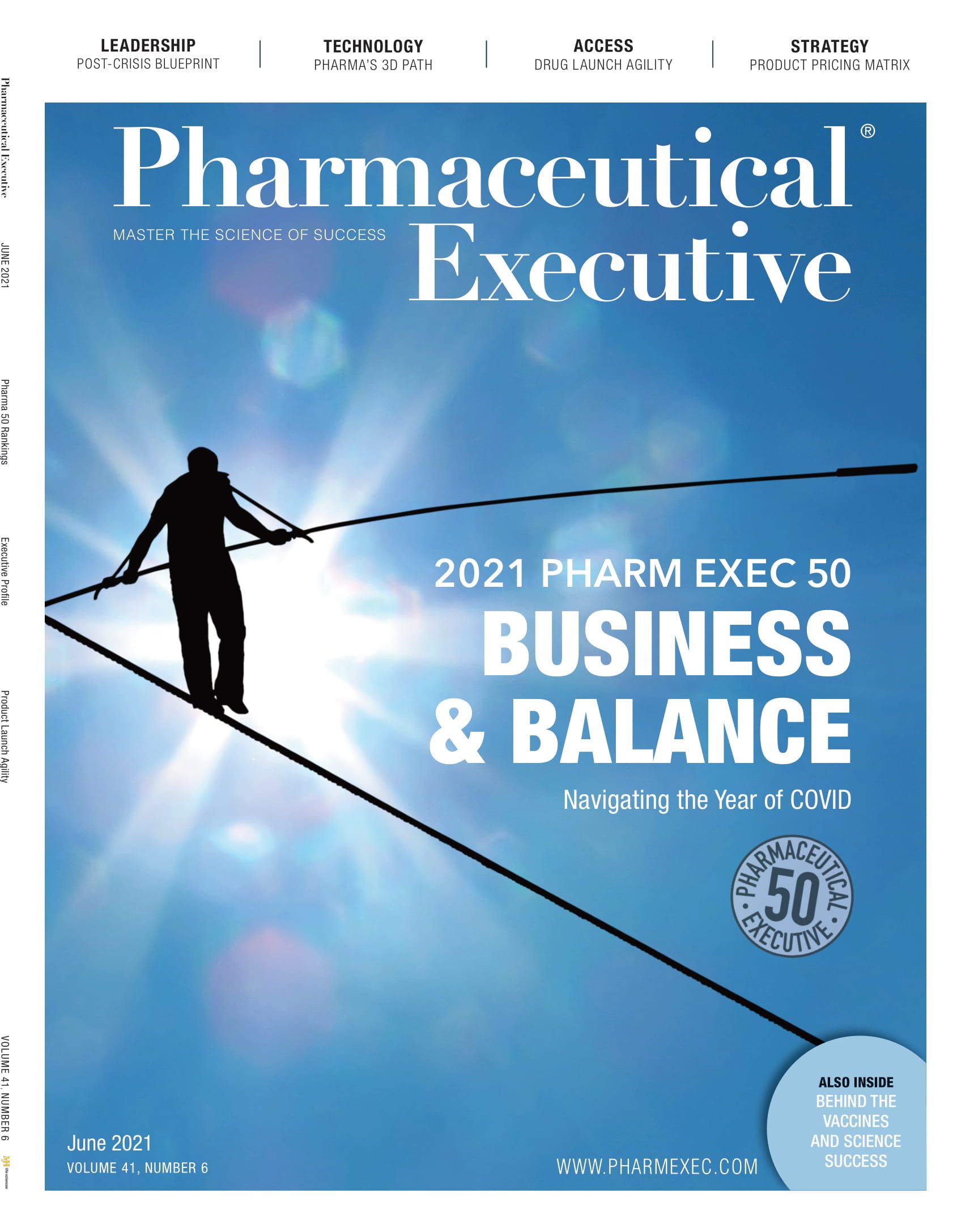- Sustainability
- DE&I
- Pandemic
- Finance
- Legal
- Technology
- Regulatory
- Global
- Pricing
- Strategy
- R&D/Clinical Trials
- Opinion
- Executive Roundtable
- Sales & Marketing
- Executive Profiles
- Leadership
- Market Access
- Patient Engagement
- Supply Chain
- Industry Trends
After Blowout 2020, Biotech Worst Performing Sector YTD
What are the reasons behind the slump and what does the future hold?

In a column earlier this year, I suggested that storm clouds could be on the horizon for the biotech sector in 2021 following a record-breaking year in 2020. It would be hard to overstate the strength in the biotech sector in 2020, the year of COVID-19 when a record $100 billion in new capital was injected into the space. About half of that came from IPO’s and follow-on offerings of unprecedented number, size and valuations, double the prior year. While the entire biotech index was up about 40% last year, the share prices of the biotech IPO Class of 2020 soared a whopping 89% driving the lion’s share of specialist fund outperformance, dictating you had to be “in the game” or be left behind.
Fast forward to 2021, and the group has been the worst performing sector year to date. In fact, Healthcare and Utilities are the only two sectors which are down this year of all growth and tech sectors.
So, what’s changed?
A steep rotation out of growth stocks into value stocks has been precipitated by the anticipation of a fierce economic recovery which is now visibly underway driven by the “reopening” trade. Expectations are for GDP growth of 8+%, and S&P 500 earnings are forecasted to rise double digits this year. Consumer discretionary stocks decimated by the shutdown of the economy due to COVID-19 are up 35% this year and the S&P 500 is up 12% YTD.
Coincident, there has been a steady and marked drop in the number and size of biotech financings since February and stock price discounts from deal announcement to close are rising and aftermarket performance has been poor. Nearly $5 billion in capital was raised in February and that number has fallen each month and was $653 million in May. While the markets are still open for differentiated growth companies, companies may continue to be price takers in the current buyer’s market. This phenomenon could provide an opportunity for the large number of SPACs formed last year as this route to becoming public could be increasingly attractive to many companies.
But macro is not all to blame
The Democratic Trifecta of New Heads of HHS, FDA and FTC have also dampened sentiment for Biopharma, with investors concerned about the potential for pricing and reimbursement reforms, and increased hawkishness on M&A transactions, a driver of significant outperformance, as well evidence that the FDA that appears to be raising the bar.
Is the recent damage permanent and will the capital markets window close?
Many of the factors driving last year’s strong performance are still operative, in fact the pace of M&A has been accelerating. Perhaps lower valuations for the targets are providing an impetus to get deals done. A true renaissance in innovation is also very much still alive and well. As a result of the record amount of capital raised in the sector last year, many companies are well-funded through multiple value inflection points versus single catalyst events which could lead to higher valuations and increased optionality for many companies. Clinical successes have been well received by investors and in many cases, fueled unprecedented one day stock price performance and this could also be the case going forward.
No reason M&A should not continue to be a tailwind
Industry balance sheets are flush with cash. The top 12 companies in the biopharma industry have $170 B in dry powder; $76 B in excess cash and $94 B in debt capacity, and rates remain low. Activity has begun to pick up in late 2020 and this has accelerated in 2021 after a pause early last year due to COVID. Large companies face ever increasing challenges to growth due to losses of exclusivity for leading products, rising discounts and in many cases demand has not yet returned to pre-COVID levels.
Valuations have recalibrated and a rotation back into growth will inevitably occur
A reversion to the mean along with a potential topping out of five year inflation expectations, could improve the performance of the sector. In addition, at some point the recovery and growth will be fully backed into value stocks and investors will rotate back to growth as an inevitable slowing in subsequent year S&P 500 and GDP growth is discounted. This rotation is as old as the markets themselves.
Barbara Ryan is Founder, Barbara Ryan Advisors, and a member of Pharm Exec’s Editorial Advisory Board

